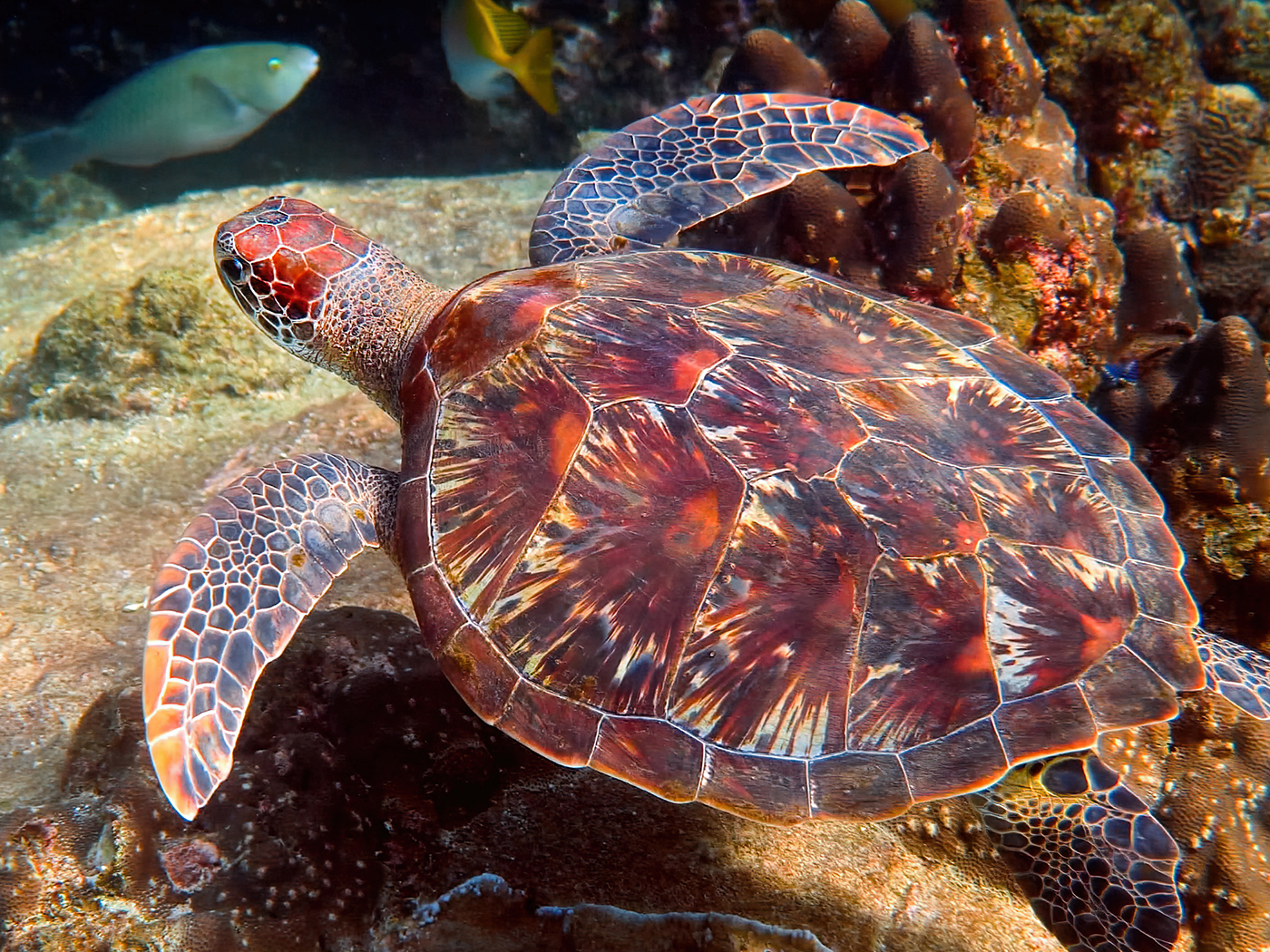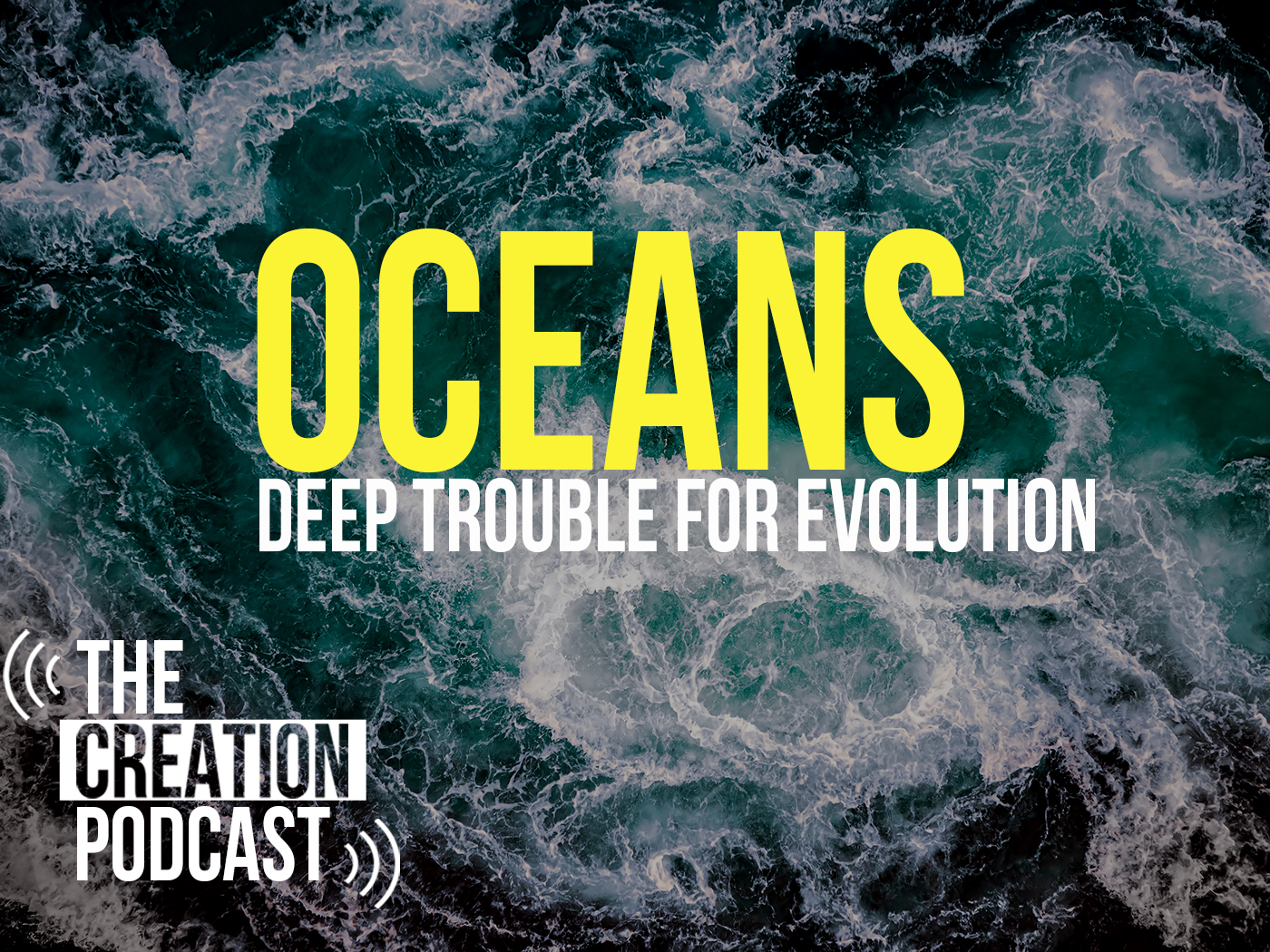Ruffed grouse (Bonasa umbellus), a strikingly beautiful bird that symbolizes wildness, is in trouble across its native range, including states in the Chesapeake Bay drainage. The decline is growing in Pennsylvania, New York, Maryland, Virginia and West Virginia, and biologists point to two main causes: widespread loss of young forest habitat and deaths from the mosquito-borne West Nile Virus.1
This sounds like a sad report of population dropping—losing another game bird.
There is support for the conclusion that, at least regionally, this fowl is faltering.
[Ruffed grouse] are a game bird … [whose] unrelenting decline has prompted sportsmen’s groups and states to shift timbering priorities and take other steps as part of a nascent conservation movement to save the bird. “A grouse sighting shouldn’t become a rare bird alert on birdwatcher lists,” said Linda Ordiway, a wildlife biologist in Pennsylvania with the Ruffed Grouse Society. A 2017 assessment by Northeast game managers found that the grouse population declined by at least 30% in [Chesapeake] Bay states over the last three decades. State Breeding Bird Atlas surveys tell a similar tale, showing that grouse numbers declined between 1989 and 2005 by 30% in Pennsylvania, 32% in Maryland and nearly 50% in West Virginia.1
Yet, before we weep and wail overmuch at the loss, the underlying question is: Does “unseen” (by research biologists) necessarily mean not there at all?
The classic example of an “expert” rush-to-panic/pessimism is the infamous snail darter scandal that stymied construction of the Tellico Dam, which began in 1967.
The snail darter (Percina tanasi) is a tiny perch-like fish that was declared “endangered” in 1975, later to be down-listed to “threatened” status in 1984. Meanwhile, major litigation2 filed under the Endangered Species Act of 1973 banned the already-ongoing $100 million project because its completion might interfere with the “critical habitat” of the snail darter.
In other words, that case involved a peanut-sized fish stopping a Congress-funded project, only to later learn that a thriving population of snail darters were busily being fruitful and multiplying in streams not that far away from the project site.
Today, the reason for caution about accepting declining population reports is further illustrated by the less-spectacular (albeit more recent) embarrassment, not that long ago. The local subspecies of anadromous Atlantic sturgeon was being lamented for its loss in the James River, a tributary of the Chesapeake Bay. In 2012, the National Oceanic and Atmospheric Administration (NOAA) listed that Atlantic Sturgeon subspecies as “endangered” (as to its James River population) under the Endangered Species Act.
But years of lamentations for the sturgeon’s extirpation (local extinction) were replaced with celebrations upon learning that supposedly extirpated fish was actually thriving nearby.3
Those who monitored its population numbers, when it returned upstream from the sea to spawn, had feared it might be lost (locally) forever. However, the sturgeon was faithfully returning to the James River to spawn during months when observers were not watching for it. In other words, if you are only looking at the wrong time, it’s easy to miss seeing what is otherwise there.
As a large jumping fish, the sturgeon should have been seen if ecologists had used best practices of empirical science observation. But why were the ecologists so surprised? Could it be that the fall spawning runs caught them off-guard, because they carelessly assumed that the migratory sturgeon should (and therefore would) spawn earlier in the year?
It now appears that one reason [autumn-spawning] adult fish were overlooked is that biologists were looking at the wrong time. … Initially, the biologists concentrated their search in the spring.4
Could it be that ruffed grouse populations are out there, but not often seen?
By nature, ruffed grouse are secretive. So monitoring their population numbers hidden in North American forests is an educated guessing game at best.
Beyond that, many of the population estimates are based upon anecdotal reports from hunters, yet these information sources are not proportionally consistent and not uniformly applied.
Ruffed grouse are round, plump birds slightly larger than pigeons. They are elusive birds—many people have never seen one, even though grouse is the most widely distributed game bird in North America. Estimating populations is difficult, and state resource hunters often rely on hunters for help.1
Maybe the ruffed grouse populations are dying off—hopefully not as badly as we are being told. But, don’t be too quick to plan their funeral. As finitely-informed humans, we aren’t all that reliable at predicting our world’s future.5
References
1. Crable, A. 2020. Decline of Ruffed Grouse Linked to Loss of Young-Forest Habitat. Chesapeake Bay Journal. Posted on bayjournal.com March 26, 2020, accessed June 30, 2020. Measuring grouse populations is a mix of many moving parts, including accurate observations of these well-camouflaged birds. Regarding the shyness of grouse species, see Johnson, J. J. S. 2019. Red Grouse [Lagopus lagopus scotica] on Scottish Roadway: A Lesson for Conservation Science and Ptarmigan Preservation.” Scottish Heritage Series. Scottish Society of Dallas, Garland, Texas; May 19, 2019.
2. The Snail Darter-versus-Tellico Dam controversy was decided by the U.S. Supreme Court in Tennessee Valley Authority v. Hill, 437 U.S. 153 (1978). Regarding the need for balance in decision-making, as well as clarity in communication, when solving “endangered species” problems, see Morris, J. D. 1999. What Can be Done to Help Endangered Species? Acts & Facts. 28(5).
3. Johnson, J. J. S. 2015. Anadromous Fish ‘that Swam with Dinosaurs’ Neither Extinct nor Extirpated. Creation Research Society Quarterly. 51(3): 207-208.
4. Blankenship, K. 2014. Atlantic Sturgeon Back in Bay, or Did They Ever Leave? Chesapeake Bay Journal. 24(9): 1.
5. God knows everything about the present and the future (James 4:13-15, Acts 15:18, Isaiah 46:10), so He alone knows the population status of the secretive ruffed grouse in the Chesapeake Bay watershed region.
*Dr. Johnson is Associate Professor of Apologetics and Chief Academic Officer at the Institute for Creation Research.


































